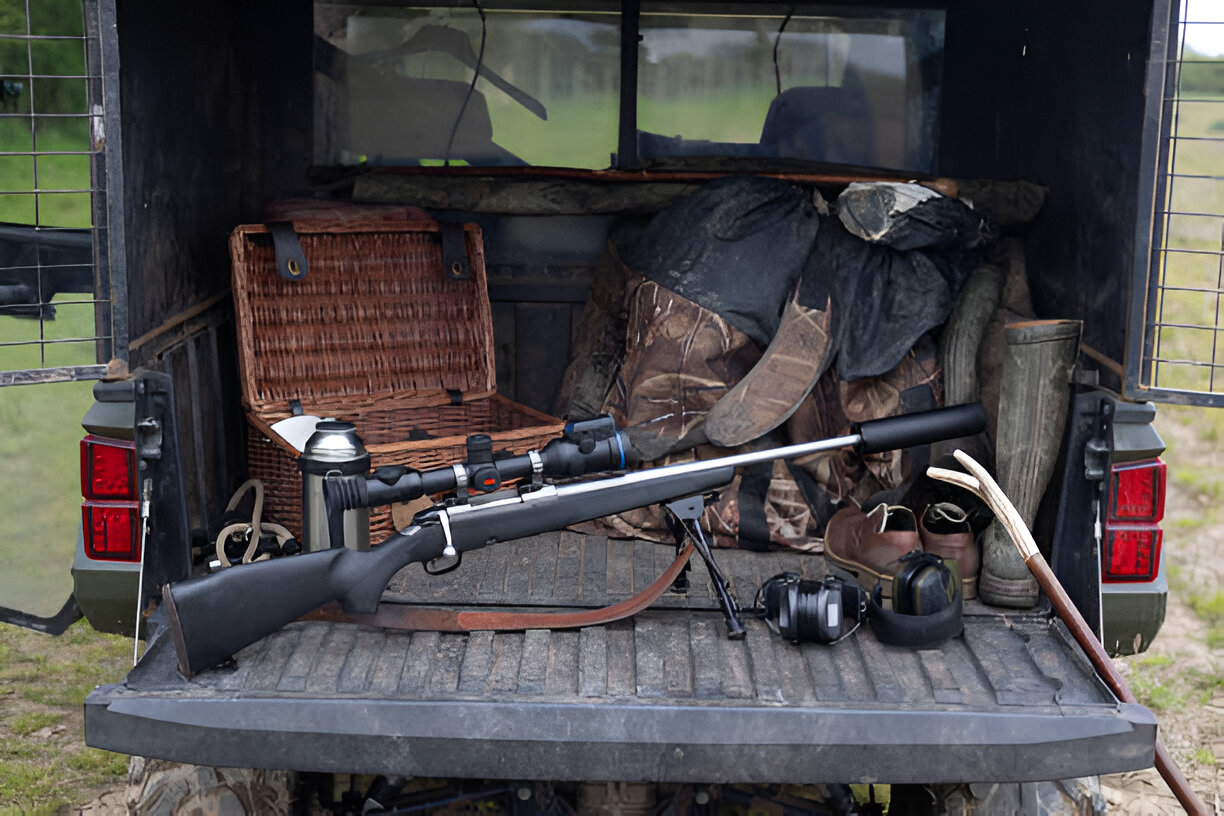The Evolution of Rifle Accessories: From Iron Sights to Smart Scopes

Introduction: Why Rifle Accessories Matter
Rifle accessories have come a long way from their humble beginnings. Whether for hunting, tactical defense, or competitive shooting, the right gear can significantly elevate performance, comfort, and reliability. As shooting disciplines have expanded, so too has the demand for innovative add-ons that enhance accuracy, control, and adaptability.
From early iron sights to today’s smart scopes packed with digital features, the journey of rifle accessories reflects a remarkable evolution. Understanding this transformation not only honors the past but also informs where shooting technology is heading.
A Look Back: Early Innovations in Rifle Accessories
Iron Sights – The Foundation of Accuracy
The earliest rifle accessory, the iron sight, dates back to the 15th century. Comprising a simple front post and rear notch, it allowed shooters to align their sights manually. As firearms became more advanced, so did the sights. By the late 1800s, manufacturers like Winchester were refining iron sights for better usability.
Civil War Era: The Birth of Optical Enhancements
During the American Civil War, sharpshooters began using rudimentary scopes. The Whitworth rifle, for instance, marked a historic leap by introducing a basic telescopic sight. Though primitive by today’s standards, these optics set the stage for future advancements.
Post-WWII Innovation Surge
After World War II, firearm design and accessory engineering entered a golden age. Military rifles like the M1 Garand featured improved aperture sights, while hunting rifles embraced scopes as standard. These years saw the groundwork laid for the tactical rifle systems we rely on today.
The Rise of High-Performance Accessories
Scopes and Optics: Enhancing Precision
Optical technology took off in the 1970s and 80s. Companies like Leupold and Nikon introduced affordable scopes with variable magnification and better clarity. By the 1990s, optics were no longer reserved for professionals—they became an everyday tool for hunters and sport shooters alike.
Today, over 60% of American rifle owners use optics, whether for sport or self-defense. This shift shows how vital accurate, long-range targeting has become in modern shooting.
Bipods, Grips, and Stocks: Stability and Comfort
Modern bipods offer adjustable legs, canting mechanisms, and even lightweight carbon fiber construction. Rifle grips and stocks have also improved, with ergonomic shapes and modularity becoming the norm. These components have a direct impact on user fatigue and recoil control.
Shooters now often choose accessories not just for aesthetics but for the functional edge they bring to every shot.
Smart Technology: The Digital Age of Rifle Accessories
What Are Smart Scopes?
Smart scopes represent a fusion of traditional optics and cutting-edge technology. These devices incorporate features such as:
-
Built-in ballistic calculators
-
Environmental sensors
-
Bluetooth and Wi-Fi connectivity
-
HUD (heads-up display) interfaces
-
Integrated video recording
Manufacturers like ATN and Sig Sauer have launched systems that automatically adjust aiming reticles based on environmental and ballistic data. According to Grand View Research (2023), smart optics can boost long-range accuracy by up to 60%, redefining what’s possible for modern marksmen.
One standout innovation is the Sig Sauer BDX system, which syncs with a mobile app and rangefinder to instantly adjust the reticle based on the distance to the target—eliminating human error and guesswork.
Consumer Trends Shaping Accessory Evolution
Market Insights and Emerging Patterns
The U.S. firearm accessories market is now worth over $6 billion, with optics taking the lion’s share. A 2024 Pew Research Center survey revealed that 48% of gun owners prioritize ease of use and accuracy-enhancing features when selecting accessories.
Additionally, demand is surging in segments like:
-
Thermal and night vision optics
-
Modular stocks and handguards for platforms like the AR-15
-
Suppressors for safer, quieter shooting
-
Lightweight materials such as polymer and aluminum alloy
Versatility and Customization Lead the Way
Today’s shooters demand modular accessory systems. Whether it’s adjusting a rifle’s configuration for long-range shooting, home defense, or tactical response, modularity is key. This trend is supported by companies offering high-quality parts kits for a wide range of builds.
Exploring Key Categories in the Modern Accessory Market
-
Magazines – Upgraded, extended, and high-capacity magazines are essential for sustained fire and tactical scenarios.
-
Strippers Clips & Loaders – Classic tools like stripper clips remain popular among vintage firearm collectors and military surplus shooters.
-
Parts Kits – Whether you’re assembling a rifle from scratch or restoring an old favorite, parts kits offer a practical, often cost-effective solution.
Each category plays a vital role in enhancing firearm functionality, longevity, and customization potential.
What’s Next in Rifle Accessory Innovation?
Looking ahead, the future of rifle accessories will likely feature:
-
Artificial Intelligence-assisted optics
-
Augmented Reality (AR) head-up displays
-
Voice-activated targeting systems
-
Real-time cloud-based data sharing
-
Integration with wearable tech and GPS devices
These advancements promise to make the shooting experience safer, more connected, and more accurate than ever before.
Final Thoughts
The journey from iron sights to smart scopes showcases the incredible strides rifle accessories have made. With ongoing technological advancements, today’s shooters enjoy unprecedented levels of customization, precision, and control.
Whether you’re a competitive marksman, hunter, or tactical enthusiast, staying ahead of innovation is essential. Equip yourself with the best tools available—and turn to trusted sources like Numrich Gun Parts Corp for expert-crafted firearm parts and accessories to match any firearm evolution.



